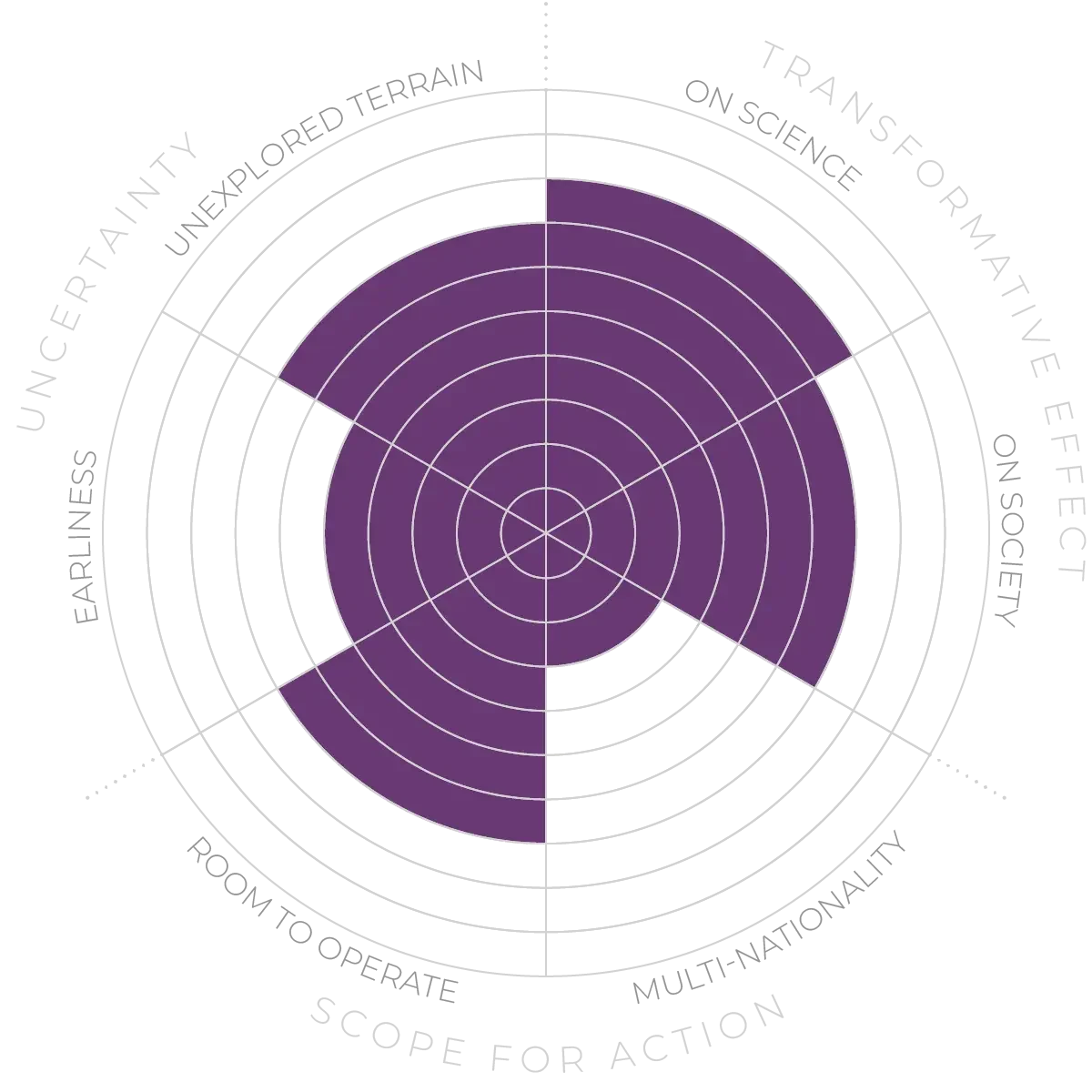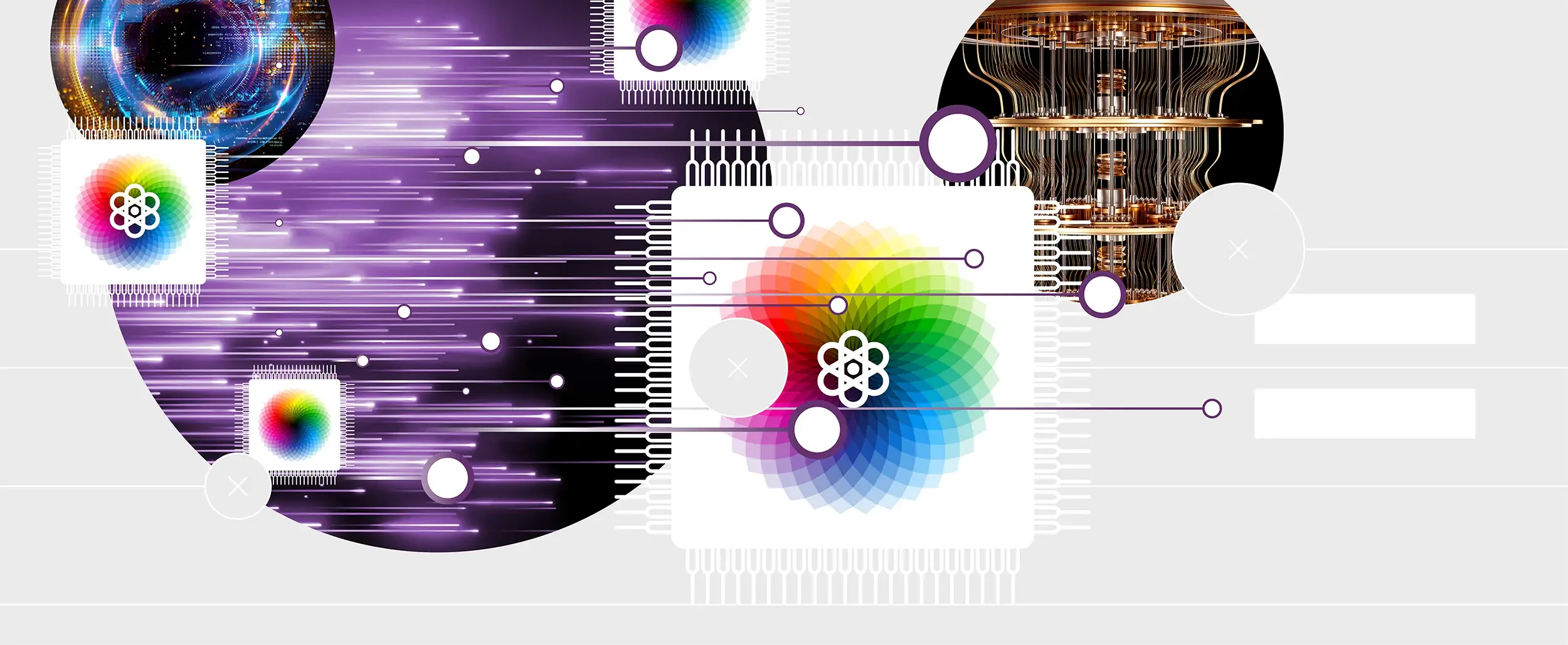Future Horizons:
10-yearhorizon
Quantum computing embraces photonic hardware
25-yearhorizon
Fabrication progress creates high-performance photonic computing
These advantages have been known about for decades, but recent innovations, driven by investments from the telecoms industry, have started to make optical-computing devices practical. Breakthroughs in silicon photonics are making it possible to build sophisticated optical processors using the same technology as the existing chip industry.45
The most promising near-term application is in AI. Optical processors are very efficient at carrying out operations known as matrix multiplications, which are fundamental to deep-learning algorithms.46 Two startups targeting AI applications recently unveiled advanced processors that integrate both photonic and electronic components, suggesting the technology is on the cusp of commercial breakout.47,48
Optical approaches to quantum computing are also maturing fast, with breakthroughs in the mass manufacture of chips and the networking of large-scale devices.49,50 Photonic technology could also be used to build neuromorphic processors and analogue computing devices,51,5253,54 and the inherent noisiness of optical systems can be harnessed for tasks like probabilistic machine learning and optimisation.55,56
Catching up with decades of progress in silicon transistor technology remains an enormous engineering and financial challenge, though. In addition, photonic chips rely on wavelengths of light measured in micrometres, making it unlikely they could achieve the kind of miniaturisation found in silicon chips already boasting nanoscale features.
Optical Computing - Anticipation Scores
The Anticipation Potential of a research field is determined by the capacity for impactful action in the present, considering possible future transformative breakthroughs in a field over a 25-year outlook. A field with a high Anticipation Potential, therefore, combines the potential range of future transformative possibilities engendered by a research area with a wide field of opportunities for action in the present. We asked researchers in the field to anticipate:
- The uncertainty related to future science breakthroughs in the field
- The transformative effect anticipated breakthroughs may have on research and society
- The scope for action in the present in relation to anticipated breakthroughs.
This chart represents a summary of their responses to each of these elements, which when combined, provide the Anticipation Potential for the topic. See methodology for more information.



